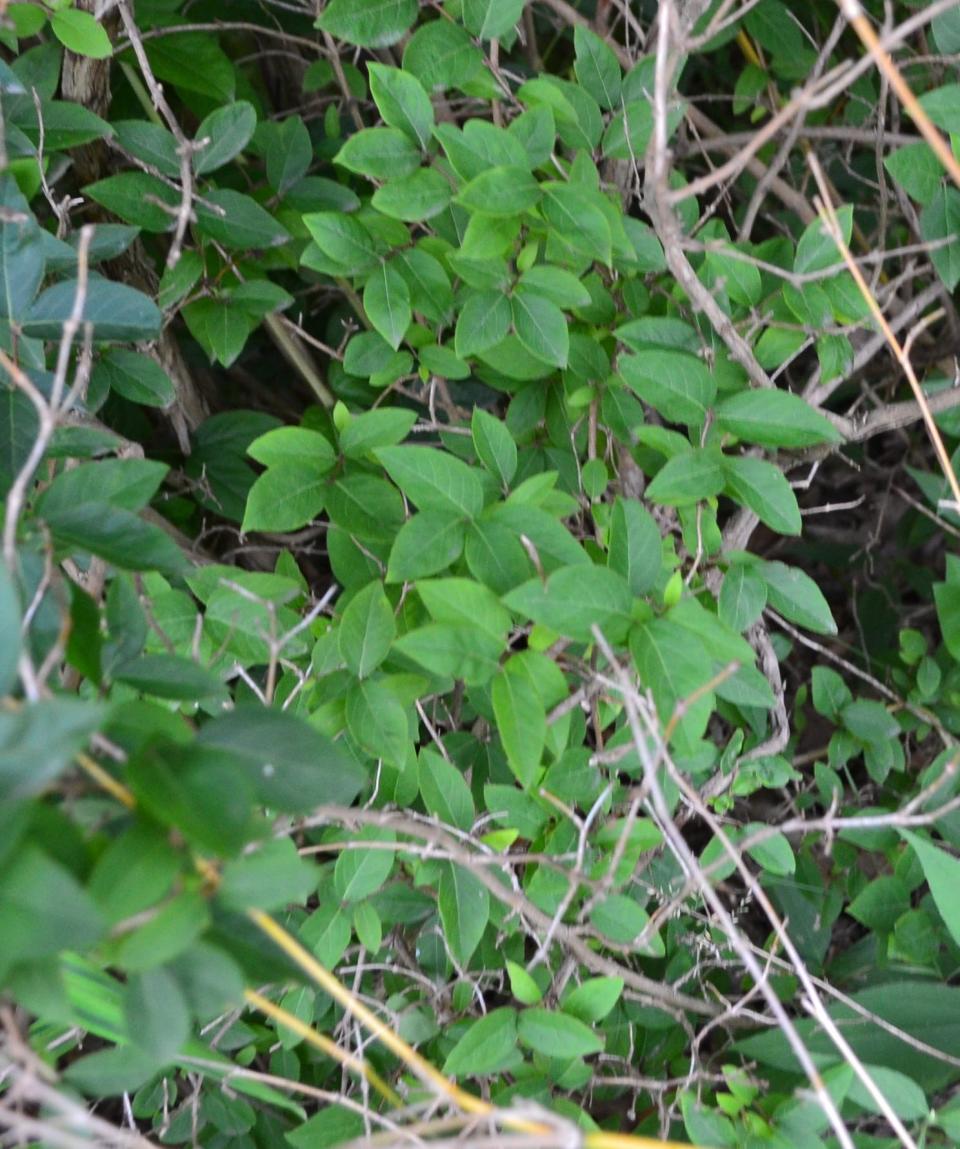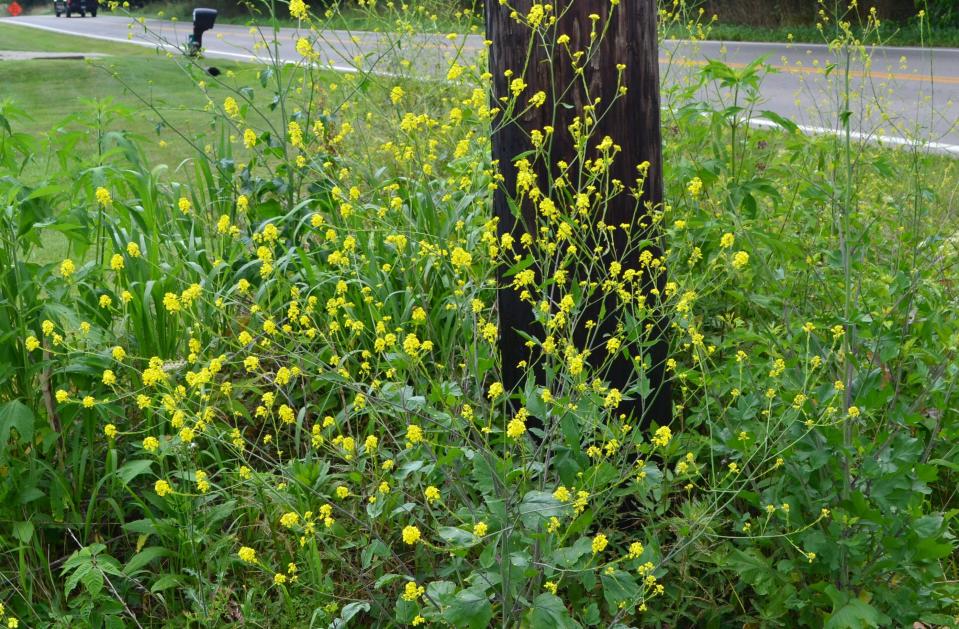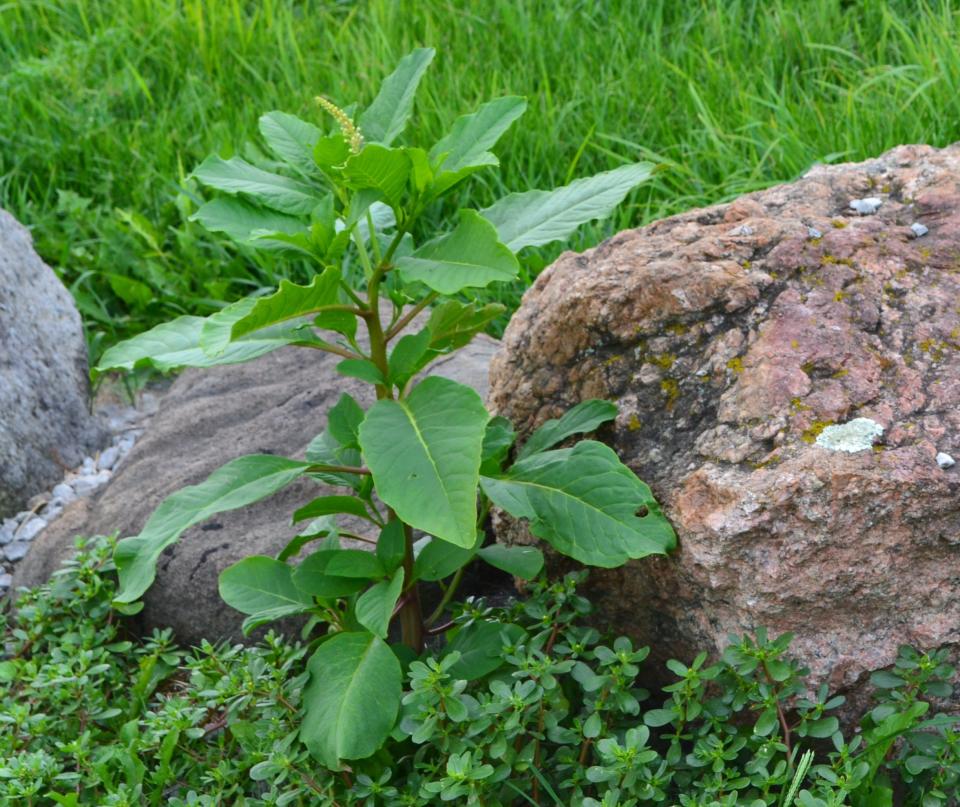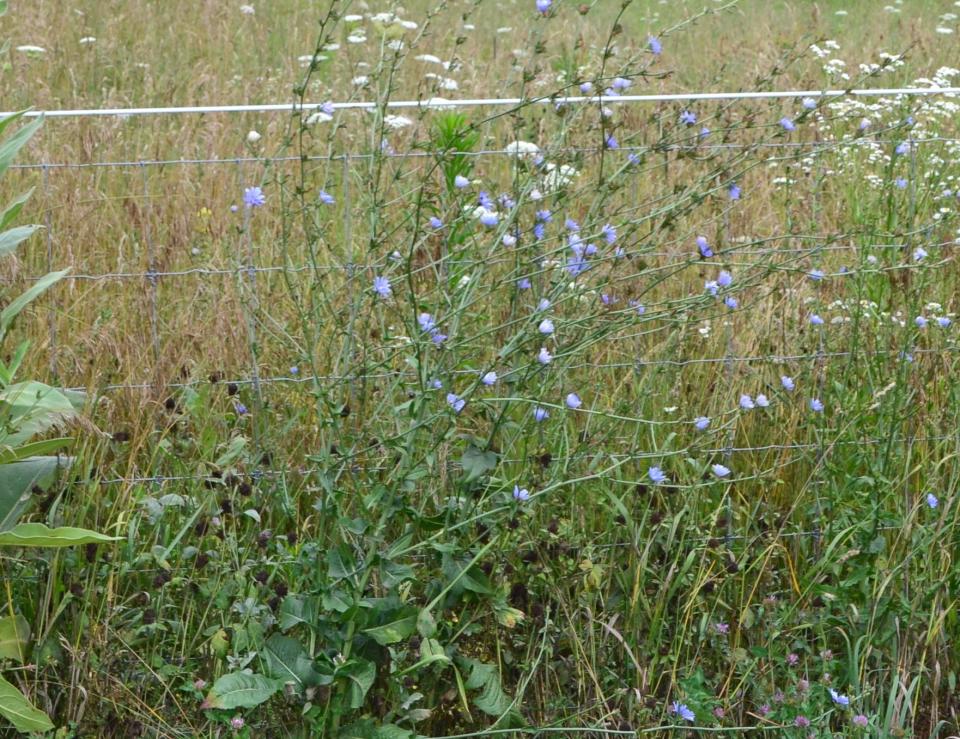A Stroll Through the Garden: Foraging in your garden with weeds
Last week my friend from the radio station asked me an interesting question as to whether I knew anything about how to go through the yard and find plants that a person could eat if there wasn’t anything in the garden? Well, the Native Americans and our pioneer forefathers knew plants well enough that in all likelihood they could go outdoors and find enough to stay alive most of the year.

There is a term called foraging, which is searching for wild food resources and eating them. The crazy part of all this is that the wild animals that live around us do this foraging every day. I can imagine seeing the trash can in the backyard turned on its side again after the raccoon we’ve been feeding finds our trash more acceptable than the weeds we have in the garden. Foraging is an acquired taste that takes a certain amount of skill and time and study.
Many moons ago, when I was the director of our Pathfinder group in our church, I was tapped on the shoulder and told it was my turn to teach an honor that the group could sew on their sash. The honor was called Edible Wild Plants. As I recall it was a fun honor and the young people had a good chance to learn how to survive in the wild, without any purchased food to a degree, except what they could find in the back yard.
We also could learn how to lose weight at the same time. What our young people will tell you is that they remember how I almost killed all of us in our little group. If it wasn’t so serious at the time, I could say that was one of those teachable moments.

The issue was this. We went to my friend’s bosses’ composting yard. When we scouted out the yard, we found some wild berries that were coming on; we all could take pictures of the shrub and claim the picture to be one of our edible berries. The problem was that I had misidentified the shrub. I’ll not forget that now. A decision was made that we would only test the berries in small quantities so we would not get poisoned. In hindsight that was a good approach.
We found a plant with generally an oval leaf with a pointy tip arranged opposite on the branch, medium height, with berries that were red and appeared in twos. When I ate one of the berries it was very bitter. That was not what I expected. I said to my friend this is not a safe berry. We labeled this shrub as one of the unsafe European honeysuckles that, if you ate a lot of them, you might get very sick or even die. Later, we identified it as a winter honeysuckle or Lonicera fragrantissima.
Our native bush honeysuckle or Lonicera x Bella, which is a little easier to identify, has a juicy red berry that's sweet and flowers that change from white to yellow. Leaves on the safe honeysuckle are narrowly oval with no teeth on the edge. The top of the leaf is dark green and the bottom is pale green. Still the confusion is real. To include honeysuckle in your foraging search will be a challenge.

When you put anything into your mouth, you should first be certain as to what you are eating — and this goes for all plants or mushrooms.
You will find that many of these wild edibles are far more nutritious than grocery-purchased food. One of the things you might want to do if you start foraging is to keep a record or journal about the wild edibles you find. That way, if you are conservative when you harvest, you can harvest more in the future. A journal will also help you to record the time of year when the edible portion of what you are harvesting is available. Not all of these plants will be safe at all times of the year.
When foraging for any plant, you need to be able to understand where you'll find the plant for which you are looking. To do justice to this effort, you need to get a manual that is as exhaustive as you can get and a recipe book on how to use your freshly-gathered weeds, mushrooms and wild berries.

I have been writing a blog which will also be edited on these wild edibles and my hope is that you can find it helpful. Email me at ericlarson546@yahoo.com if you would like more information. I can start helping you to learn more about these wonderful, so-called weeds that have found a purpose. We talk about blackberry, cattails, chicory, clover, dandelion, elderberry, mustard, pine, plantain, pokeweed, purslane, staghorn sumac, wild lettuce and winter honeysuckle in a very basic way.
My hope is you can begin to look at these plants in a new way. With some practice and success in harvesting these wild edibles, we can extend our grocery bill and get healthier at the same time. I hope over the next number of months that I shall write something new about all of these edible plants from personal experience.
Have a great stroll through your garden this week and consider the weed you are pulling may be another addition to your salad, an addition to your tea, or provide a new flour you would never have used. I shall send out information on each plant you may ask about if you email me at ericlarson546@yahoo.com. I hope to link a blog to this column soon at ohiohealthyfoodcooperative.org. Thank you for participating in our column.
Eric Larson of Jeromesville is a veteran landscaper and gardening enthusiast and a founding board member of the Ohio Chapter of Association of Professional Landscape Designers.
This article originally appeared on Mansfield News Journal: Foraging for food from wild plants

